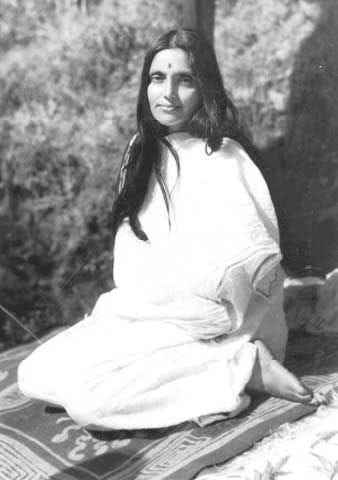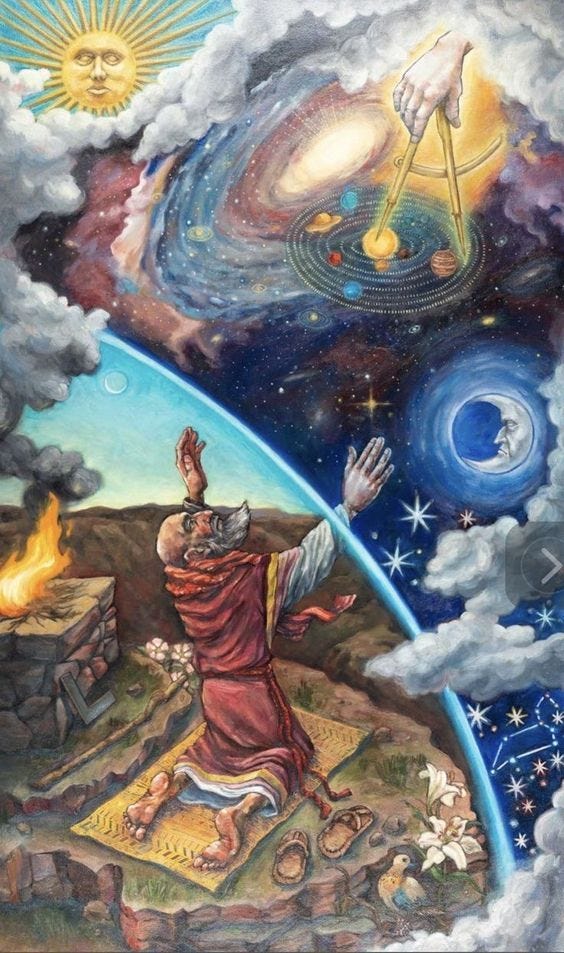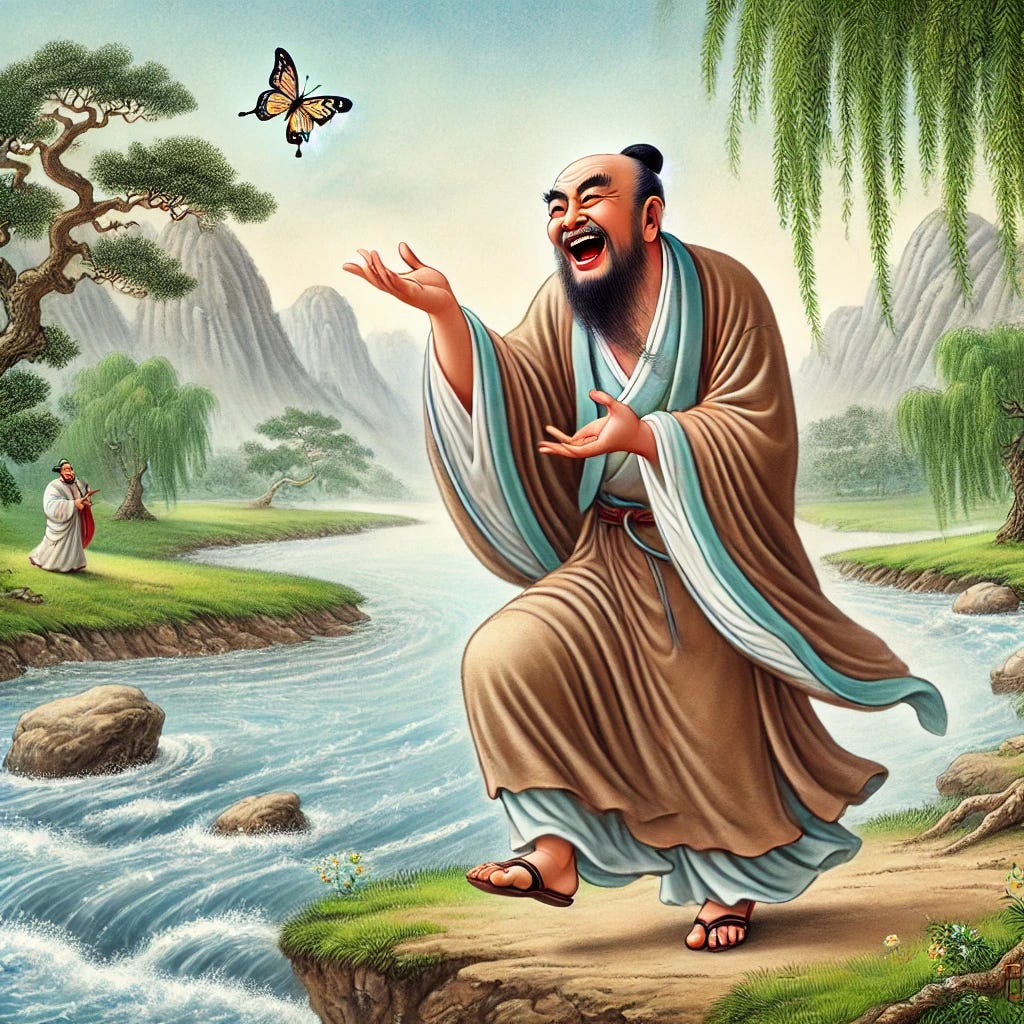Whenever I’m caught in the seemingly unbearable tumults of life, of the wheel of samsara—its relentless pain and hypnotic pleasure—it can feel like it’s all too much to bear. The weight of this current moment in history feels especially heavy, generating a tense, tangible sensation running through world politics, culture, and the planet itself.
Whenever it seems like there is nowhere to turn for a glimpse of sanity, I reflect on the lives and teachings of the world mystics.
In our human history, there are sages who have ‘broken the veil’. In ancient and modern times, women and men across every continent have transcended the game of sense perception. They have escaped the matrix of duality. These people are worth sincere study and contemplation, now more than ever.
“I find one vast garden spread out all over the universe. All plants, all human beings, all higher mind bodies are about in this garden in various ways, each has his own uniqueness and beauty. Their presence and variety give me great delight. Every one of you adds with his special feature to the glory of the garden.”
―Anandamayi Ma
My heroes are whoever breaks and transcends the norm from a place of love and light. If you smash a rigid institution, not from ego, but from love and compassion, you receive my adoration.
They don't give a f but they give all the f’s, about every being.
Does that make sense?
Here are three reasons why I love the mystics.
They call the world crazy, because they know it's not our home
This world is actually a dream.
We understand from contemporary science that our senses are almost comically unable to perceive much of anything.
The human eye’s capability is called “visible light”, which only covers wavelengths from roughly 400 nm to 700 nm (nanometers). The grander, complete electromagnetic spectrum ranges from extremely short wavelengths (gamma rays) to extremely long wavelengths (radio waves), spanning approximately 10⁻¹² meters (picometers) to 10⁴ meters (tens of kilometers). Given the enormous range of the electromagnetic spectrum, the fraction that corresponds to visible light is indeed tiny—on the order of 0.0035%.
The ancient Chinese poet Zhuangzi gives us this comical taste of so-called reality:
“Once, Zhuangzi dreamt he was a butterfly, fluttering about happily, enjoying itself.
It did not know it was Zhuangzi.
Suddenly, he awoke and was unmistakably Zhuangzi again.
But he did not know whether he was a man who had dreamt he was a butterfly,
or a butterfly dreaming he was a man.”
Many mystics across traditions—from the Taoists to the Sufis to the contemplative Abrahamics to the Zen masters—all use the concept of a dream to help us poke through its frailties.
Jesus himself tells his disciples to ‘be in the world but not of the world.’
And it’s because when you really investigate them, the values of the world are caught in delusion. It’s a “dog-eat-dog world”: competition, selfishness, greed, accumulation of material; all of which ultimately leads us nowhere. Aside from suffering.
The great Sufi poet Hafez calls it “the lunatic's sphere”.
“Listen: this world is the lunatic's sphere,
Don't always agree it's real,
Even with my feet upon it
And the postman knowing my door
My address is somewhere else.”
It’s an insane world, and it’s because it’s based on a false premise: that we are separate from God—an impossible, laughable idea that can only come from the little ego mind.
A Course in Miracles says:
“The world is false perception.² It is born of error, and it has not left its source.³ It will remain no longer than the thought that gave it birth is cherished.⁴ When the thought of separation has been changed to one of true forgiveness, will the world be seen in quite another light; and one which leads to truth, where all the world must disappear and all its errors vanish.⁵ Now its source has gone, and its effects are gone as well.” (W-pII.3.1:1-5)
They call out the hypocrisy of institutions and mainstream religion, and the institutions don't like that
Many of the great mystics throughout history were so embodied within the Truth of Our Oneness, that they ultimately drew the ire of the institutions of their day. Accessing this Infinite Power (which is in every being), in such a complete way enables a level of fearlessness to speak truth to power.
We all know what happened to Jesus of Nazareth.
Mansur Al-Hallaj was a Sufi saint from medieval Iraq who got into a lot of trouble for saying “Ana al-Haqq”, which is Arabic for “I am the Truth”—sound familiar?? (John 14:6...)!
Al-Hallaj’s followers understood this teaching to mean “fanā”, which is a state of mystical annihilation. The individual ego has dissolved, with only God remaining! The Persian master had an ego death and was set free from the delusion of maya-separation.
Unfortunately the institutional Islamic clerics interpreted his teachings as “hulul”, which is the doctrine of God indwelling in human form. They took Al-Hallaj as claiming his own divine specialness, and he was executed for blasphemy.
Al-Hallaj famously danced to the gallows in chains, as he was intoxicated by the Spirit which dwells in All.
There is no shortage of these stories in the world mystic traditions.
Thankfully they can’t kill us anymore. I can’t die from angry Christian comments on Instagram.
They are funny, paradoxical teachers who know that language can’t hold the Truth
When you “break the veil”, you understand that ‘The All That Is’ is actually beyond human comprehension. The human ego mind does not like this thought and will go to war against it. Conceptually or violently!
Kabir was a 15th-century Indian mystic who lived in a particularly contentious period between Hindus and Muslims. He belonged to neither religion, yet he fully embraced the essence of both. One of his humorously antiestablishment concepts for the Divine was “Ram-Allah”; as “Ram” is a Hindu deity and “Allah” is the Islamic term for God. He understood that no one tradition can hold it, despite their aggressive claims for exclusivity.
He sang:
"Koi bole Ram Ram, koi Khudai;
Ram ke Malik hai, Khuda ke Malik hai."
(Some chant 'Ram, Ram,' others 'Khudai';
But Ram and Allah are both the masters of all.)"Pothi padh padh jag mua, pandit bhaya na koye;
Dhai aakhar prem ke, jo padhe so pandit hoye."
(The world perished reading scriptures, none became wise;
He alone is learned who knows the two-and-a-half letters of love.)
Much like Al-Hallaj and othter mystics, Kabir was persecuted by members of the institutions, but his teachings live on with great reverence to this day—in both of those traditions, and beyond. He continually emphasized that words, and form altogether, are inadequate tools to describe The Ineffable.
And if we’re talking comedy and ineffability, I can’t end this article without one of my absolute favorites.
Zhuangzi was an ancient Taoist poet, and comedian. Incredibly, Taoism comes down from essentially two teachers: Laozi, the semi-mythological attributed author of the Tao Te Ching, and Zhuangzi, who was more verifiably real a few centuries later. Zhuangzi is carrying Laozi’s torch, but with more levity, and within a cultural setting that is yet again rife with inter-religious conflict.
He gives us that brilliant butterfly dream joke from earlier.
This is how he describes the Intangible:
“The fish trap exists because of the fish.
Once you've gotten the fish you can forget the trap.
The rabbit snare exists because of the rabbit.
Once you've gotten the rabbit, you can forget the snare.
Words exist because of meaning.
Once you've gotten the meaning, you can forget the words.
Where can I find a man who has forgotten words, so I can have a word with him?”








So so so good! Thanks Bob!
Thanks Bob ❤️ this reality is more a nightmare than a dream on this planet. Sending out as many rays of light into the darkness and escaping into stillness and silence ✨️ run